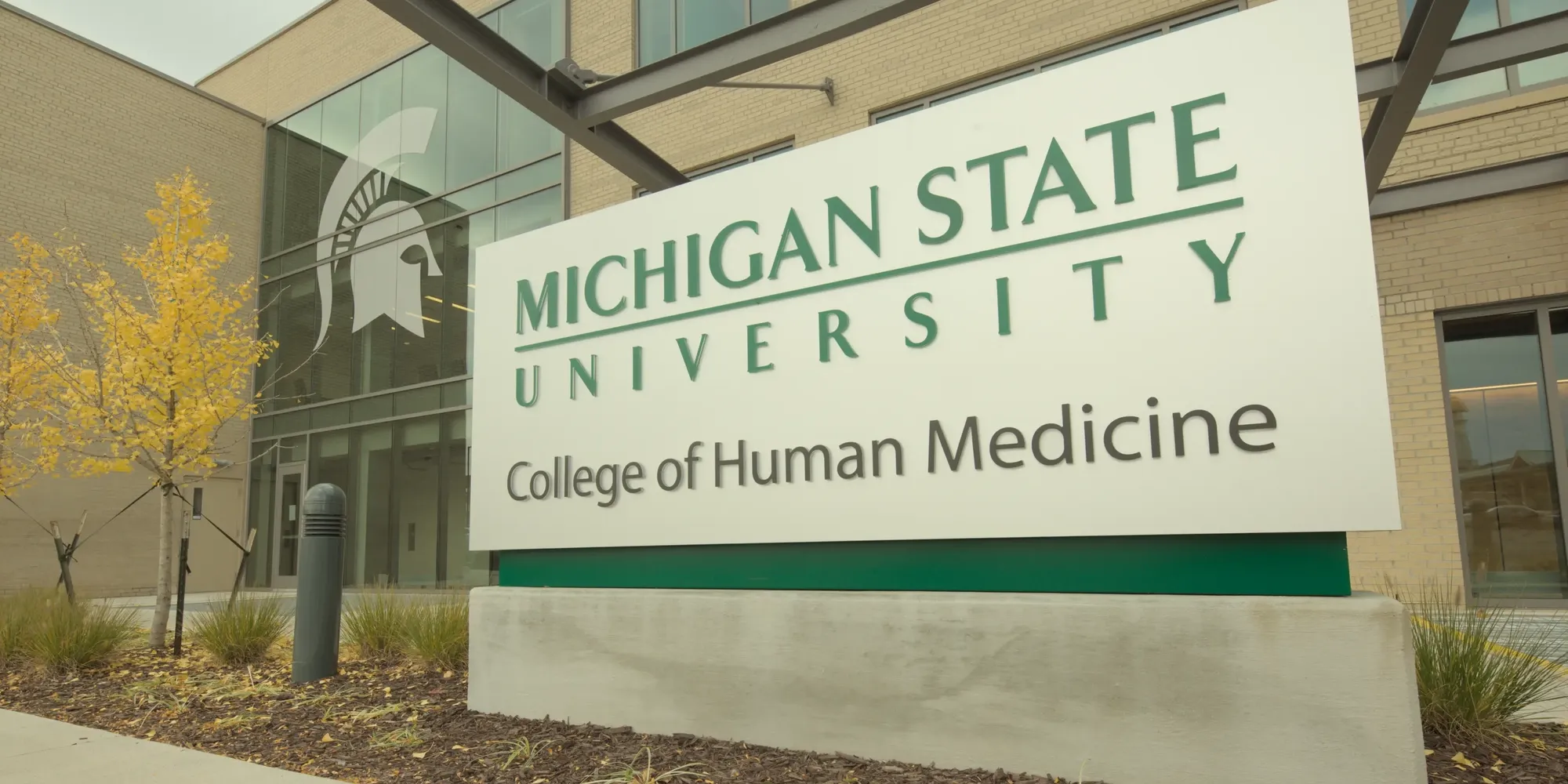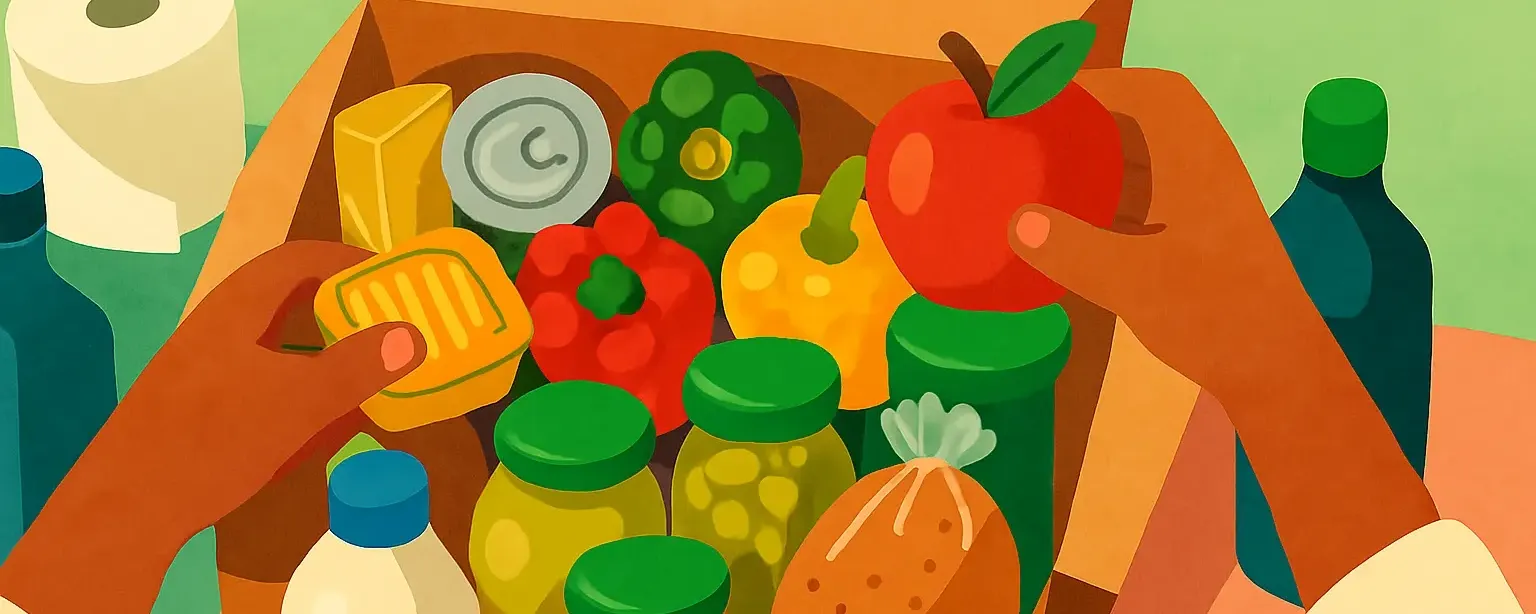We eat with our eyes. You know this if you’ve ever had a favorite color candy. Food manufacturers also know that people are attracted to brightly colored food. The first artificial food dyes were introduced more than 150 years ago.
Recent news, however, has reported issues with artificial food dyes. Kraft Heinz and General Mills are now phasing out use of artificial dyes in their U.S. foods in favor of natural coloring. And Texas just passed a law requiring food makers to either remove artificial dyes or include warning labels to alert consumers of their use starting in 2027.
Here, Jamie Alan explains why artificial dyes in food are a concern. Alan is an associate professor in the Pharmacology and Toxicology department at Michigan State University’s College of Human Medicine.

It’s simple — dyes make food look more appealing.
Artificial dyes are most often used in things considered junk food. They look pretty; they look vibrant. Think candies and drinks — things like that. Dyes change the color of food but not the taste. They have no nutritional benefit.
The compounds used to color food are safe for most people. However, there is a very small percentage who experience temporary adverse effects.
The main concern is that for some children, consumption of food dyes can cause behavioral disorders. These typically show up as attention-deficit/hyperactivity disorder, or ADHD, behaviors. After an affected child eats items with artificial food dyes, they can exhibit hyperactivity, moodiness, irritability and inattentiveness for a few hours.
Despite this concern, people should not panic about food dyes. If you’re eating red food dye and you don’t have any problems with red food dye, you can continue to eat it.
In animal models, there has been some evidence that food dyes can cause cancer, but this has not been replicated in humans. It’s more of a theoretical concern at this point.
For most children food dye is safe.
If you notice that your child has altered behavior after eating brightly colored foods, talk to your child’s doctor about it. For example, if your child becomes very hyper after eating candy, or if they can’t sit still or is moody or irritable after drinking brightly colored sodas or juices, consider a conversation with your pediatrician.
It’s hard to sort out what’s going on because many of these foods have artificial dyes plus a lot of sugar. So, is the child acting out because of sugar? Because of dye? Or is the behavioral change because of both things? An elimination diet may be useful in determining what’s causing a child’s altered behavior.
Another thing for parents to be aware of is that many foods with artificial dyes are marketed to children and there are ways to avoid them. Look at the labels when you’re at the grocery store. Color additives will be listed as an ingredient like FD&C Blue No. 1, or a color followed by a letter or number. Pediatricians and dye-free eating support groups can also help parents identify ways to cut artificial dyes from their child’s diet.
If you have foods with dyes in your home, it’s safe to eat them.
Yes, there are many natural alternatives, and they make food look great!
Some people have the idea that natural alternatives produce washed out colors and aren’t as pretty as the ones produced by artificial dye but that’s not true. Spirulina, a type of algae, produces a very vibrant blue. Beet extract makes a vivid red or bluish red, depending on how it’s used. Those are just two examples. We can get more colors from other natural sources.
It’s possible that some natural dyes will pose risks for a small number of people, mostly in the form of a possible allergic reaction, but most are safe for the majority of people.
Get the latest updates on our programs and initiatives.


